-

BYD Battery-Box Premium LVL 15,4 kWh
7.800,00 €Product successfully added to the Quote List
-
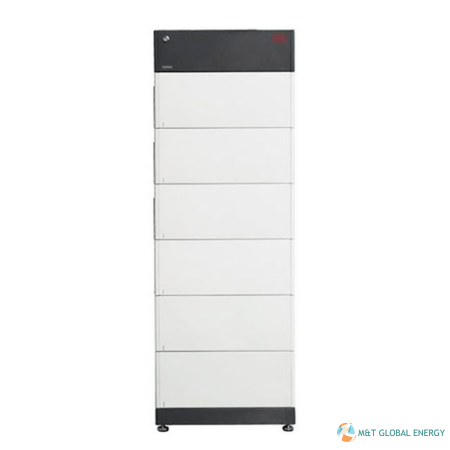
BYD Battery Box Premium LVS 24.0 kWh
13.251,84 €Product successfully added to the Quote List
-
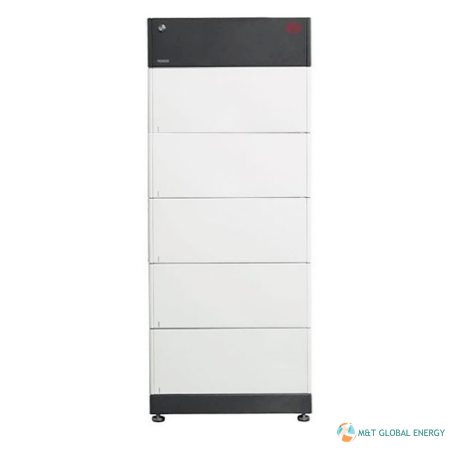
BYD Battery-Box Premium LVS 20,0 kWh
11.144,44 €Product successfully added to the Quote List
-

BYD Battery Box Premium LVS 16.0 kWh
9.037,05 €Product successfully added to the Quote List
-
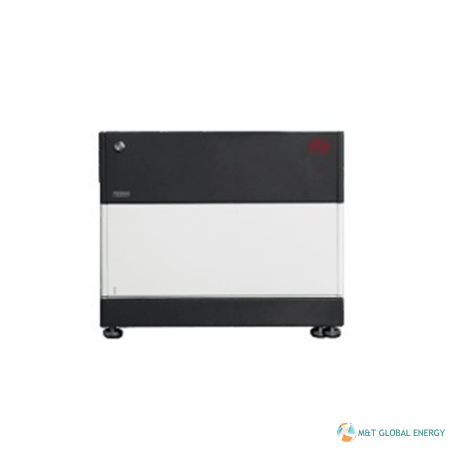
BYD Battery Box Premium LVS 4.0 kWh
2.714,86 €Product successfully added to the Quote List
-
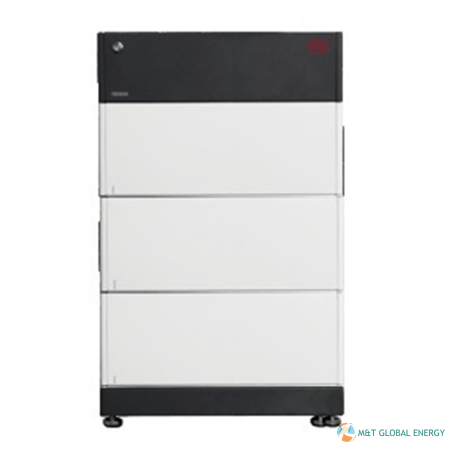
BYD Battery Box Premium LVS 12.0 kWh
6.929,65 €Product successfully added to the Quote List
-

BYD Battery Box Premium LVS 8.0 kWh
4.822,26 €Product successfully added to the Quote List
-
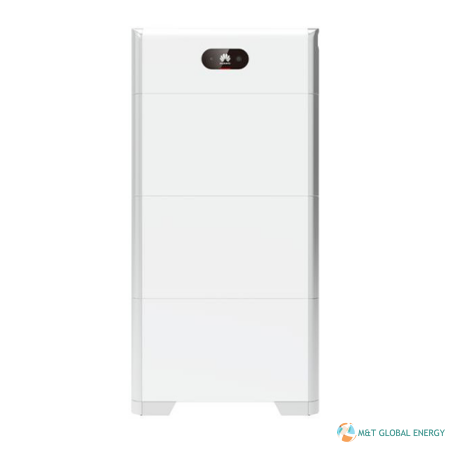
HUAWEI storage system LUNA2000-15-S0 (BCU + battery modules)
7.182,39 €Product successfully added to the Quote List
-
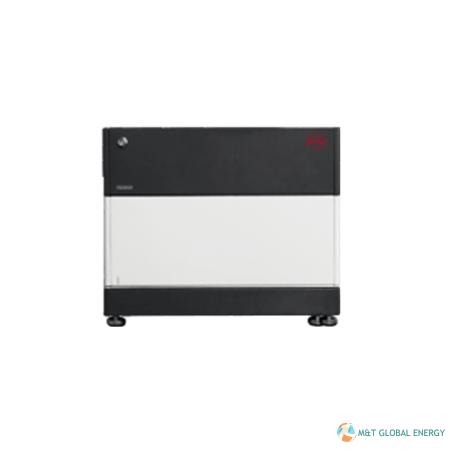
BYD Battery Box LVS Base Cover Stand & Cover
465,00 €Product successfully added to the Quote List
-
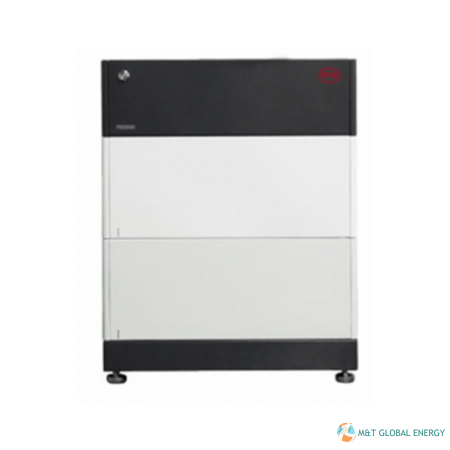
BYD Battery Box LVS-BMU Master Unit
142,50 €Product successfully added to the Quote List
-
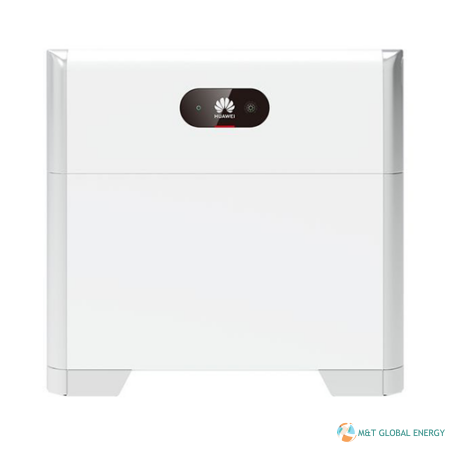
HUAWEI storage system LUNA2000-5-S0 (BCU + battery module)
2.967,85 €Product successfully added to the Quote List
-
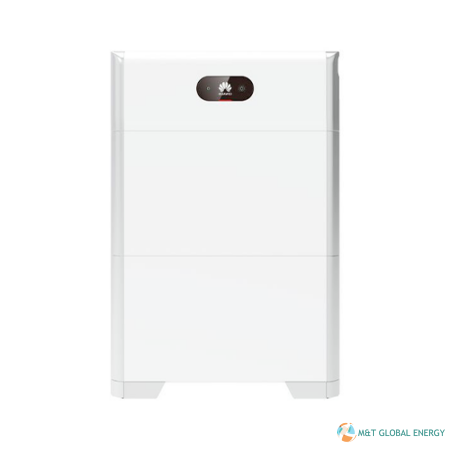
HUAWEI storage system LUNA2000-10-S0 (BCU + battery modules)
5.075,03 €Product successfully added to the Quote List
-
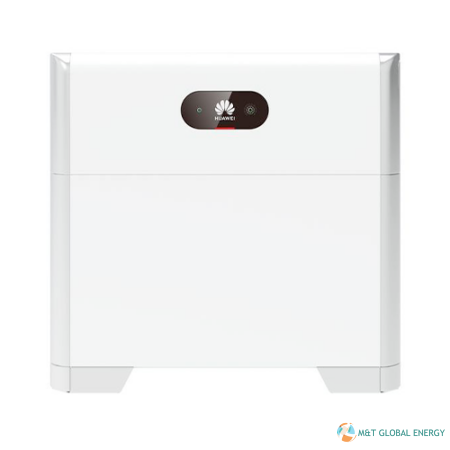
HUAW Battery Module LUNA2000-5kW-E0
1.968,68 €Product successfully added to the Quote List
Africa presents an immense opportunity for energy storage because it suffers from insufficient energyEnergy storage, especially of electrical energy, has become one of the most dynamic technology sectors and is now universally recognised for its ability to fundamentally improve everyday life.In particular, the scale-up of batteries, from portable electronics to electric vehicles and now to very large, or utility-scale applications, has empowered both consumers and companies. Today, for the first time in history, every company has a choice to proactively control its energy use rather than remain at the mercy of energy markets or supplying utilities.What is it and why is it important?Energy storage is a process by which energy created at one time is preserved for use at another time. While there are many types of energy storage, such as the increase in the potential energy after lifting a mass or the potential energy for heat trapped inside a piece of wood or coal. Electricity by its very nature cannot be stored in the form of electricity, however, it can be converted into another form of energy and stored for later use.Many different processes exist to convert electrical energy into other forms of energy, including mechanical, thermal, electrical, chemical, etc. The latter is the most common in electronics and automobile applications. This process is now increasingly being deployed through novel technologies in much larger, utility scale applications as welWhat are the applications of utility scale energy storagefor Africa ?There are many important applications for energy storage
Application
Description
Off-to-on peak intermittent shifting
and firming
Charge at the site of off peak renewable and/ or intermittent energy sources; discharge energy into the grid during on peak periods
On-peak intermittent energy smoothing and shaping
Charge/discharge in seconds to minutes to smooth intermittent generation and/or charge/discharge in minutes to hours to shape energy profile
Transmission infrastructure
Use an energy storage device to defer upgrades in transmission
Distribution infrastructure
Use an energy storage device to defer upgrades in distribution
Transportable distribution level outage mitigation
Use a transportable storage unit to provide supplemental power to end users during outages due to short term distribution overload situations
Peak load shifting downstream of distribution system
Charge device during off peak downstream of the distribution system (below secondary transformer); discharge during 2-4 hour daily peek
End-user time of-use rate optimisation
Charge device when retail time-of-use (TOU) prices are low and discharge, when prices are high
Micro grid formation
Energy storage is deployed in conjunction with local generation to separate from the grid, creating an islanded micro-grid
Uninterruptible power supply
End user deploys energy storage to improve power quality and /or provide backup power during outages
Energy storage applications vary by their power requirement and discharge durationSource: Modified from IEA (2014), Energy Technology Perspectives, OECD/IEA, Paris, France. Battke, B., T.S. Schmidt, D. Grosspietsch and V.H. Hoffmann (2013), “A review and probabilistic model of lifecycle costs of stationary batteries in multiple applications”, Renewable and Sustainable Energy Reviews Vol. 25, pp. 240-250. EPRI (Electric Power Research Institute) (2010), “Electrical Energy Storage Technology Options”, Report, EPRI, Palo Alto, CA, United States. Sandia National Laboratories (2010), Energy Storage for the Electricity Grid: Benefits and Market Potential Assessment Guide, A Study for the DOE Energy Storage Systems, Albuquerque, NM and Livermore, CA, United States. IEA-ETSAP (Energy Technology Systems Analysis Programme) and IRENA (2013), “Thermal Energy Storage”, Technology Brief E17, Bonn, GermanyWhy are batteries the most flexible type of utility scale energy storage?Batteries are the most flexible type of energy storage (see chart below) because they can be placed almost anywhere without special geographical or topographical requirements. This “distributed nature” allows them to be integrated into the grid or used off-grid.”. Furthermore, batteries are modular, meaning that energy storage amounts can be built in small or large quanties and increased or decreased with ease over time.
- Unsuitable for application
- Possible use for application
- Definite suitability for application
However, demand is growing rapidly and sub-Saharan Africa will demand nearly 1,600 terawatt hours by 2040Electricity demand in Sub-Saharan Africa1
- 1.Excludes island countries. 2010 reflects actual consumption, whereas 2020, 2030 and 2040 are unconstrained demand forecasts
- 2. Industrial/commercial autogeneration and backup power supply.
- 3. Compound annual growth rate.
- 4. Figures may not add up to due to rounding.
Source: International Energy Statistics (2013), US Energy Information Administration; Non-OECD Energy Statistics, © OECD/IEA 2013; McKinsey & Company “Brighter Africa” reportSolutionsM&T-Globalenergy solutions for grid-scale and large end-user energy storage applications as state above include everything you need to efficiently control the energy flows between the energy storage component and the point of interconnection. The containerized Energy Storage solution ensures that all equipment inside works properly and is protected from outdoor conditions, our SCADA-based power plant monitoring and control solution, offers an integrated tool for fast closed loop controls, real-time supervision, and performance analysis of PV and energy storage.

